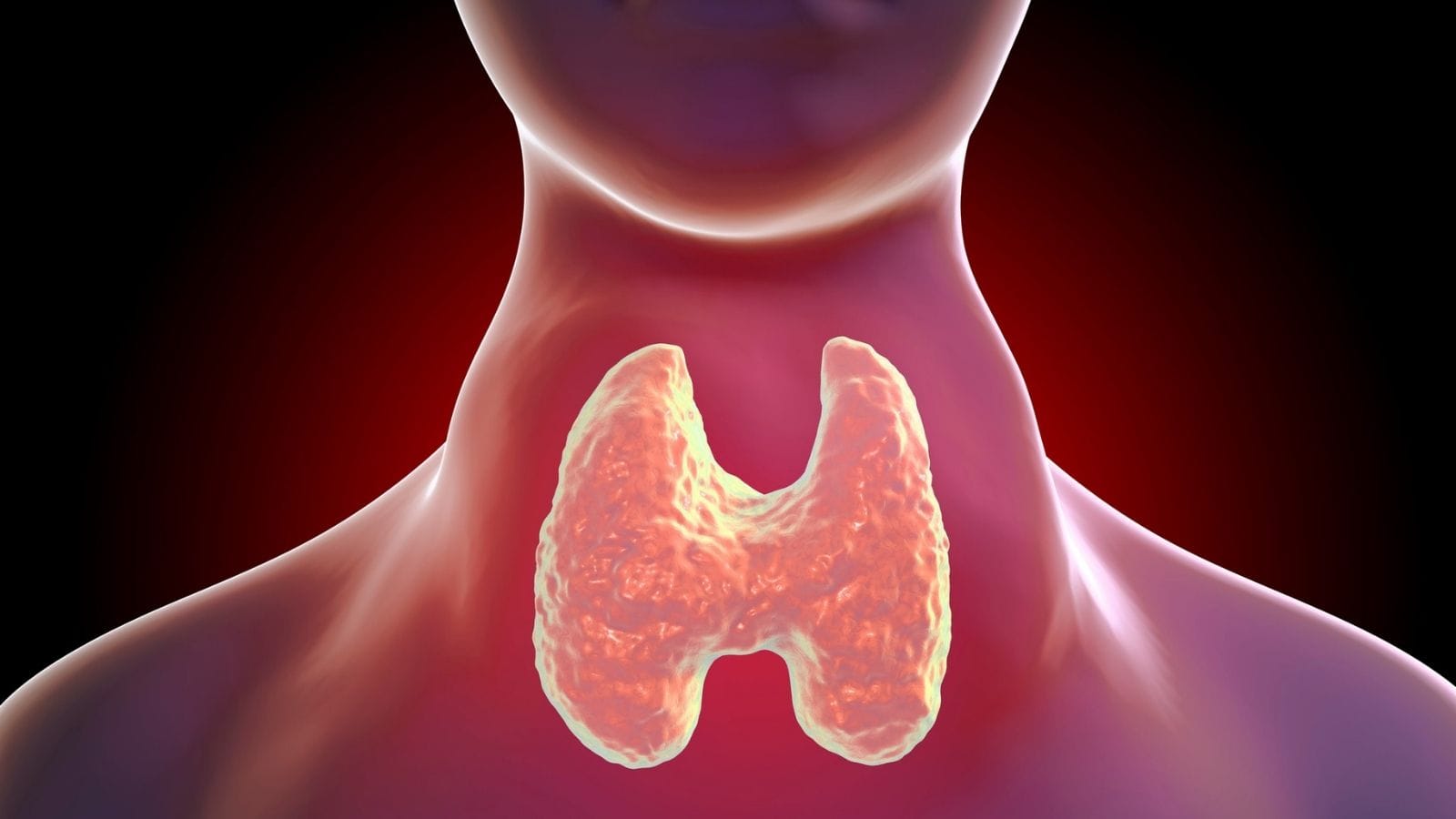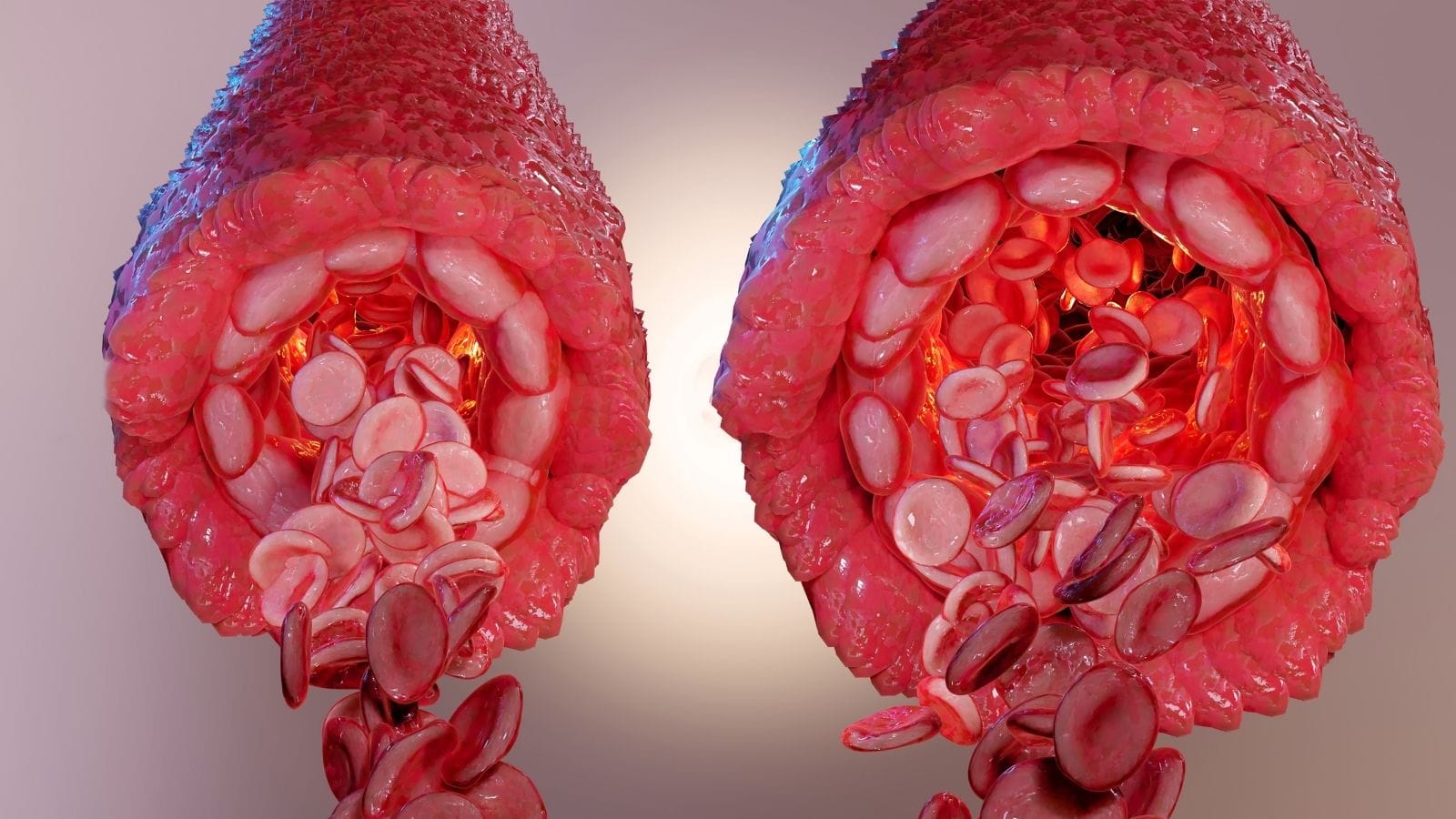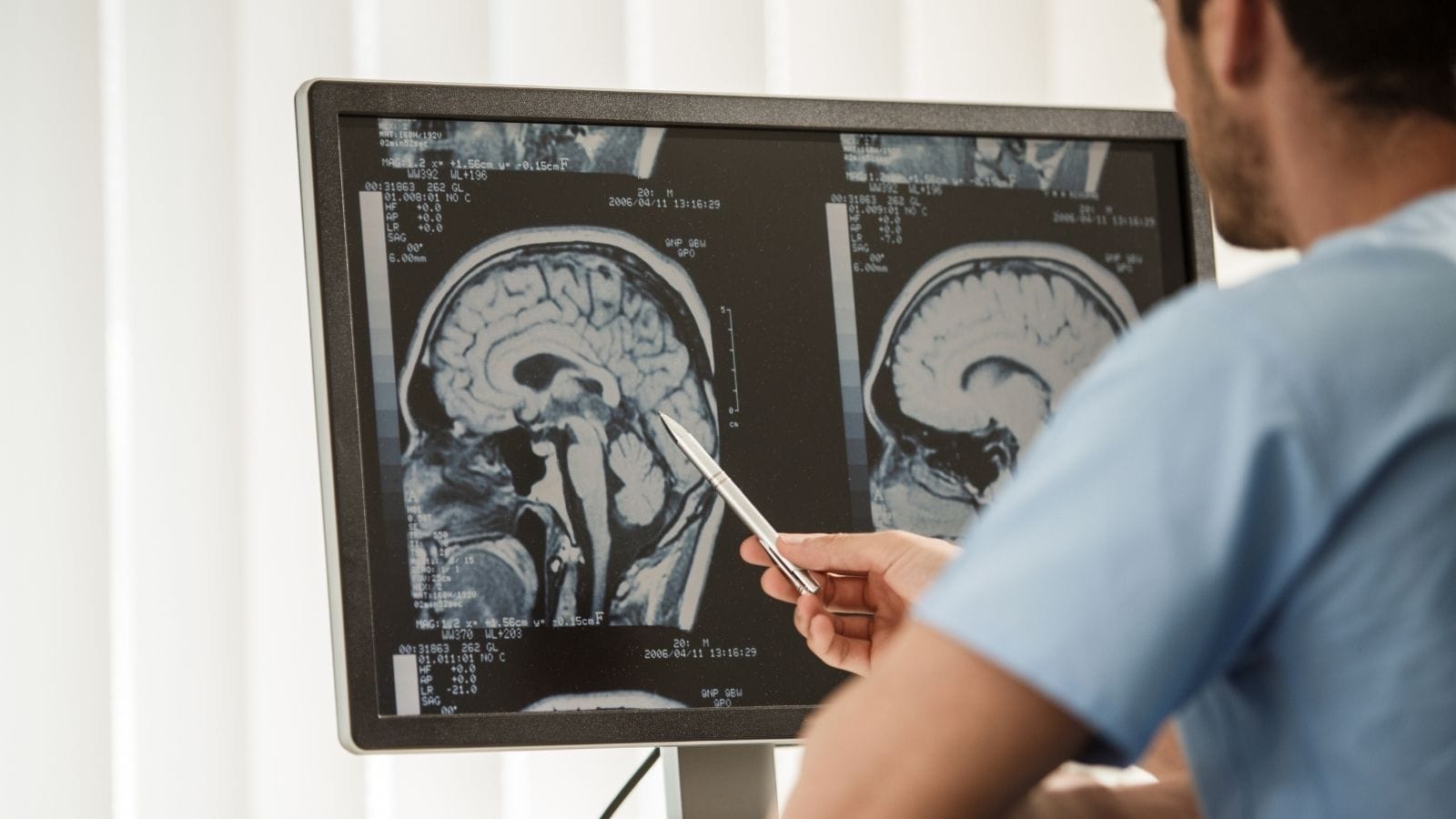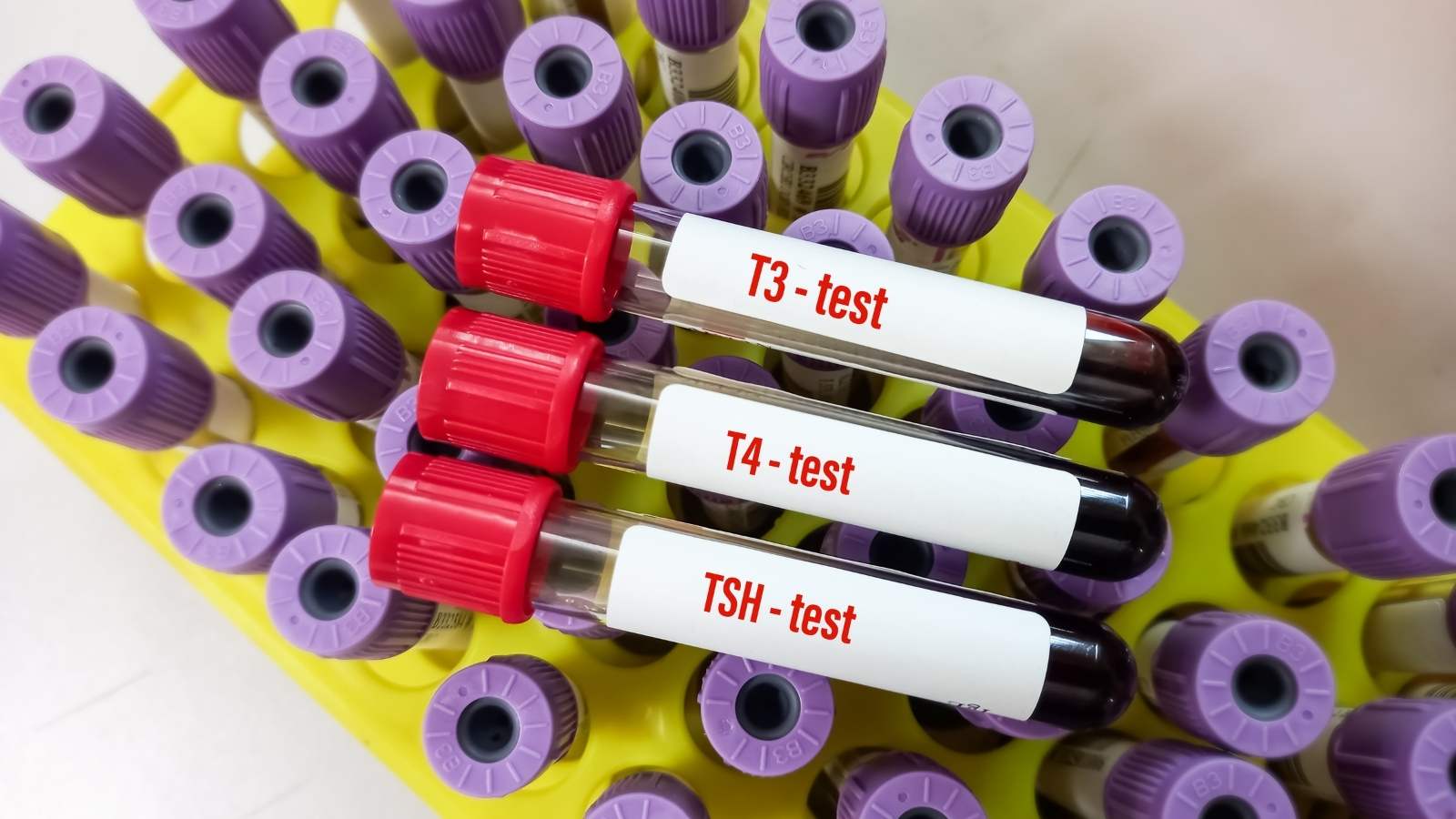A heel spur is a bony growth at the base of the heel bone, often associated with plantar fasciitis. It forms due to chronic stress on the foot and may cause pain, stiffness, and difficulty walking.
Symptoms of heel spurs include sharp heel pain, especially after rest or in the morning. Discomfort typically worsens with prolonged standing or physical activity, significantly affecting mobility and daily function.
Conservative heel spur treatments include rest, orthotic insoles, stretching exercises, and anti-inflammatory medications. These methods aim to reduce pain and relieve pressure on the heel area.
In resistant cases, shockwave therapy, corticosteroid injections, or minimally invasive procedures may be applied. Surgical intervention is rarely required and reserved for severe cases that do not respond to other treatments.
| Definition | A bony protrusion found at the bottom of the heel bone; most often develops as a result of inflammation of the plantar fascia. |
| Symptoms | Sharp, stabbing heel pain (especially with first steps in the morning or after long sitting), pain during walking, a feeling of stiffness in the sole of the foot. |
| Risk Factors | Prolonged standing, high-arched feet, excess body weight, inappropriate footwear, excessive running or jumping activities. |
| Diagnostic Methods | Physical examination, X-ray, or MRI (to confirm and differentiate heel spur from other conditions). |
| Treatment Methods | Rest, ice application, physical therapy, special insoles to relieve plantar fascia, painkillers and corticosteroid injections, radiofrequency therapy. |
| Exercises | Stretching and flexing exercises for the foot (toe stretches, heel and calf stretches). |
| Alternative Treatments | Shock wave therapy, ozone therapy, prolotherapy, embolization. |
| Need for Surgery | Surgery is rarely necessary and is usually reserved for severe cases unresponsive to other treatments. |
| Recovery Time | Varies by treatment; improvement is typically seen within 6-12 weeks. |
| Prevention Methods | Wearing appropriate footwear, avoiding prolonged standing, regular stretching exercises, weight control. |
Prof. Dr. Özgür KILIÇKESMEZ Prof. Dr. Kılıçkesmez holds the Turkish Radiology Competency Certificate, the Turkish Interventional Radiology Competency Certificate, Stroke Treatment Certification, and the European Board of Interventional Radiology (EBIR). In his academic career, he won the Siemens Radiology First Prize in 2008.
Interventional Radiology / Interventional Neuroradiology
What Is a Heel Spur?
A heel spur is a bony outgrowth that forms at the lower part of the heel bone (calcaneus). It is commonly associated with plantar fasciitis and arises as a result of chronic inflammation and repeated stress. The body deposits calcium at the site of inflammation where the plantar fascia attaches. In some people, a heel spur can be asymptomatic and show no signs. However, when pain occurs, it is typically noticed during weight-bearing activities such as standing or walking. The bony protrusion can cause sharp pain, especially in the morning or after long periods of rest, negatively affecting daily life.
What Causes Heel Spurs?
Heel spurs generally develop as a result of a combination of factors and are associated with several conditions. Repetitive stress and strain are among the main triggers. High-impact activities such as running and jumping lead to inflammation around the heel bone and surrounding tissues, eventually prompting spur formation. Inappropriate footwear that does not provide adequate support also increases stress on the heel, facilitating inflammation.
Obesity is another cause, as excess body weight places additional stress on the heel bone. Biomechanical factors such as flat feet or high arches cause uneven weight distribution, leading to excessive heel strain.
Aging-related changes also increase the risk, as the fat pads under the feet thin out, resulting in more stress on the heel. Inflammatory diseases such as rheumatoid arthritis and gout can also contribute by causing chronic inflammation.
*We recommend filling out all fields so we can respond in the best possible way.
How Common Are Heel Spurs?
Heel spurs are prevalent in the general population, with rates ranging from 4% to 15%, and are linked to age and gender. Studies show that about 9.1% of individuals with plantar heel pain have evidence of heel spurs. Radiological studies have found heel spurs in 12.4% of patients overall, with the prevalence of heel pain among adults reported as 11-15%.
The frequency increases with age, peaking at 45% in people aged 60-69, while larger spurs are more common (14%) in the 70-79 age group. Women under 49 are more likely to experience heel spurs compared to men (13% vs. 3%), but with age, the prevalence also rises among men, especially for Achilles spurs.
Heel spurs are also linked to obesity, jobs requiring long periods of standing, and physical activity level.
How Do Heel Spurs Develop?
Heel spurs develop due to repetitive stress and microtrauma to the heel bone. This typically occurs at the point where the plantar fascia attaches to the heel bone, leading to irritation and inflammation—a process called enthesitis. The body responds by depositing small clusters of cartilage cells, which eventually harden and ossify into bone.
Developmental stages:
- Stage 1: Small clusters of cartilage cells and microtears develop at the enthesis (attachment site), prompting the initial formation of a bony outgrowth.
- Stage 2: The subchondral bone plate thickens, and small spurs become visible, marking the early stages of bone hardening.
- Stage 3: Larger bone spurs develop, supported by trabecular bone, making the heel spur more pronounced.
Risk factors include mechanical stress, aging, genetic predisposition, and environmental influences such as working on hard surfaces.
What Are the Symptoms of Heel Spurs?
Heel spurs may present with various symptoms, most commonly causing bothersome pain. The hallmark is a sharp, stabbing pain with the first steps in the morning. The pain often returns after long periods of sitting. Tenderness in the heel and sensitivity to pressure are also common.
Other symptoms include:
- Pain: Especially in the morning or after rest.
- Tenderness: Pain worsens with pressure or prolonged standing.
- Swelling: Visible swelling can occur due to inflammation.
- Bony Lump: Sometimes, a bony protrusion can be felt in the heel.
- Discomfort during Activities: Pain intensifies with walking, running, or standing.
- Intermittent Pain: Pain may worsen with certain movements or after periods of inactivity.
Since symptoms can resemble plantar fasciitis, accurate diagnosis is important.
How Are Heel Spurs Diagnosed?
Diagnosis begins with a thorough medical history and physical examination. Patients are asked about symptoms such as sharp morning heel pain. The clinician evaluates tenderness, swelling, and range of motion.
Imaging studies support the diagnosis:
- X-ray: Identifies the bony protrusion. However, the presence of a spur does not always correlate with pain.
- Ultrasound & MRI: Assess the plantar fascia and surrounding soft tissues, especially for inflammation or soft tissue damage.
Differential diagnosis is important to rule out other causes like heel pad syndrome, bursitis, or Achilles tendinitis.
How Are Heel Spurs Treated?
Treatment focuses on pain management using various methods and techniques. One notable option is low-dose radiotherapy (RT), which can be highly effective when other methods fail. RT reduces inflammation and pain and is generally well-tolerated with minimal side effects.
Other interventional treatments include:
- Ultrasound-guided steroid injections: Reduce inflammation associated with heel spurs and plantar fasciitis.
- Shock Wave Therapy (ESWT): High-frequency waves help reduce pain and inflammation in the affected area.
Low-dose RT offers a safe and effective alternative for patients unresponsive to conventional treatments, enhancing quality of life.
What Are the Risk Factors for Heel Spurs?
Risk factors include:
- Age: Natural cushioning decreases, and calcium deposits increase with age.
- Obesity: Puts extra pressure on the heels.
- Foot structure abnormalities: Flat feet or high arches.
- Occupational factors: Jobs requiring long periods of standing or working on hard surfaces.
- Improper footwear: Poorly fitting shoes or flip-flops.
- Diabetes: Changes in foot structure increase risk.
- Gait abnormalities: Abnormal walking patterns.
- Physical activity: High-impact sports on hard surfaces.
When Is Heel Spur Treatment Indicated?
Treatment is considered when traditional approaches fail to manage pain or when quality of life is severely affected. Low-dose RT is an option for patients unresponsive to conservative methods. Common indications include:
- Refractory pain management: For patients who do not benefit from physical therapy, orthotics, or anti-inflammatories.
- Effective pain relief: Studies show over 80% of patients experience lasting pain relief from RT.
RT is considered safe with minimal toxicity and low risk of secondary malignancy.
When Is Heel Spur Treatment Contraindicated?
Certain interventional radiology procedures are contraindicated in:
- Pregnancy: Due to potential risks from radiation exposure.
- Active infections at the treatment site.
- Current or previous malignancy in the treatment area.
- Uncontrolled diabetes: May impair healing and increase complications.
- Dermatological conditions at the treatment site.
- Severe cardiovascular disease: May increase procedural risk.
- Previous surgery: Scar tissue may make intervention difficult.
- Poor compliance with postoperative care.
What Is the Recovery Process After Heel Spur Treatment?
Recovery includes several stages:
- Pain management and monitoring for complications such as bleeding or infection immediately after the procedure.
- Activity restrictions: Weight-bearing activities should be limited, gradually increasing as recovery progresses.
- Physical therapy: Focused on flexibility and strength rehabilitation, which accelerates recovery.
- Regular follow-up to monitor healing and assess the effectiveness of treatment.
How Can Heel Spurs Be Prevented?
The best prevention is managing risk factors:
- Wear supportive footwear that fits well and offers shock absorption.
- Maintain a healthy weight to reduce pressure on the heels.
- Practice regular stretching and strengthening exercises for the foot and Achilles tendon.
- Increase activity gradually to prevent overuse injuries.
- Use orthotic devices if needed.
- Apply ice to the heel after activities.
- Schedule regular check-ups, especially for those with diabetes or a history of foot injury.
Differences Between Heel Spur Surgery and Interventional Radiological Treatment
| Criteria | Surgery (Plantar Fasciotomy) | Interventional Radiological Treatment (RFA, Injections, etc.) |
| Procedure Method | Open or endoscopic surgical release of the plantar fascia | Ultrasound-guided radiofrequency ablation, PRP, steroid injection |
| Invasiveness | High (involves skin incision and tissue manipulation) | Low (no skin incision; minimally invasive) |
| Hospital Stay | Usually discharged same day | Discharged same day |
| Recovery | May take weeks; weight-bearing may be limited | Usually a few days |
| Anesthesia | Local or general anesthesia | Local anesthesia |
| Complication Risk | Nerve injury, infection, persistent pain | Rare; localized pain, transient symptoms |
| Efficacy | High (preferred if other treatments fail) | Moderate to high; can provide symptom relief, but results may vary |
| Suitability | Cases unresponsive to prolonged conservative therapy | Suitable for those refusing or at risk from surgery |
| Recurrence | Low (if fascia is released) | Higher (especially with temporary injections) |
| Frequency | Rare; considered as a last resort | Increasingly common (as a non-surgical option) |
Frequently Asked Questions

What happens if a heel spur is left untreated?
If left untreated, heel spurs may lead to increased pain and inflammation, making daily activities difficult. They may also cause irritation of surrounding soft tissues, leading to complications like bursitis or tendinitis. Heel spurs can become chronic and significantly reduce quality of life.
Is vitamin deficiency a cause of heel spurs?
Heel spurs are mainly due to overuse of foot muscles and ligaments, not directly from vitamin deficiency. However, deficiencies in calcium and vitamin D can negatively impact bone health, raising the risk. Magnesium deficiency may also contribute by impairing calcium absorption.
Can heel spurs be “broken” by treatment?
Extracorporeal Shock Wave Therapy (ESWT) is a non-surgical method using high-energy sound waves. While it doesn’t literally “break” the spur, it stimulates the body’s healing response to reduce inflammation and pain. Studies show ESWT is 75-80% effective for heel spur pain.
What other treatment options are available?
Ultrasound-guided injections and radiofrequency therapy, performed by interventional radiologists, effectively relieve symptoms in most cases. If ineffective, embolization may be considered.
What precautions should people with heel spurs take?
Rest, ice application, and regular stretching help reduce pain and inflammation. Wear supportive shoes, control body weight, and avoid pain-triggering activities. If pain persists, consult a specialist about physical therapy, orthotics, or advanced treatment.
Does hot water help heel spurs?
Soaking the feet in hot water can relieve pain, increase blood flow, and relax muscles. Soaking in Epsom salt is also beneficial. Alternating hot and cold therapy is often more effective for controlling pain and inflammation.
Which specialist treats heel spurs?
Orthopedic doctors, especially those specializing in foot and ankle disorders, diagnose and treat heel spurs using both surgical and non-surgical methods.
Are heel spurs permanent?
A heel spur is a permanent bony growth and will not disappear on its own. Treatments like physical therapy, insoles, or anti-inflammatory drugs only relieve symptoms. Surgery can remove the spur in severe, unresponsive cases.
Is rolling a bottle under the foot helpful?
Rolling a water bottle under the foot helps stretch and massage the tissues, relieving pain. Using a cold bottle is even more effective for reducing inflammation.
What causes heel spurs?
Heel spurs form due to long-term strain on the foot muscles and ligaments, particularly the plantar fascia. About 70% of patients with plantar fasciitis also have heel spurs. Risk factors include abnormal gait, high-impact activities, poor footwear, obesity, and aging.
What methods relieve heel spur pain?
Stretching exercises targeting the plantar fascia, taping, and custom insoles can help. Focused and radial shock wave therapy is effective in short and long-term pain relief. Supportive shoes and topical pain sprays may offer temporary comfort.
How effective is physical therapy for heel spurs?
Physical therapy, manual therapy, stretching, and insoles are effective for pain relief and improved function. ESWT is especially helpful in persistent cases.
What complications may arise if heel spurs are untreated?
Untreated heel spurs can lead to plantar fasciitis, tears in the fascia, plantar fibromatosis, and changes in gait that may cause hip, knee, or back pain.
What daily measures help prevent heel spurs?
Wear supportive, shock-absorbing shoes, stretch regularly, avoid overuse, and maintain a healthy weight. Warm-up and stretch before exercise, and seek professional help if you have diabetes or prior foot injury.
How is radiofrequency used in heel spur treatment?
Radiofrequency therapy, including pulsed (PRF) and thermal (RFA) types, uses electrical currents to target pain and inflammation. Studies show both methods can significantly reduce pain and improve function, with similar effectiveness.

Girişimsel Radyoloji ve Nöroradyoloji Uzmanı Prof. Dr. Özgür Kılıçkesmez, 1997 yılında Cerrahpaşa Tıp Fakültesi’nden mezun oldu. Uzmanlık eğitimini İstanbul Eğitim ve Araştırma Hastanesi’nde tamamladı. Londra’da girişimsel radyoloji ve onkoloji alanında eğitim aldı. İstanbul Çam ve Sakura Şehir Hastanesi’nde girişimsel radyoloji bölümünü kurdu ve 2020 yılında profesör oldu. Çok sayıda uluslararası ödül ve sertifikaya sahip olan Kılıçkesmez’in 150’den fazla bilimsel yayını bulunmakta ve 1500’den fazla atıf almıştır. Halen Medicana Ataköy Hastanesi’nde görev yapmaktadır.









Vaka Örnekleri